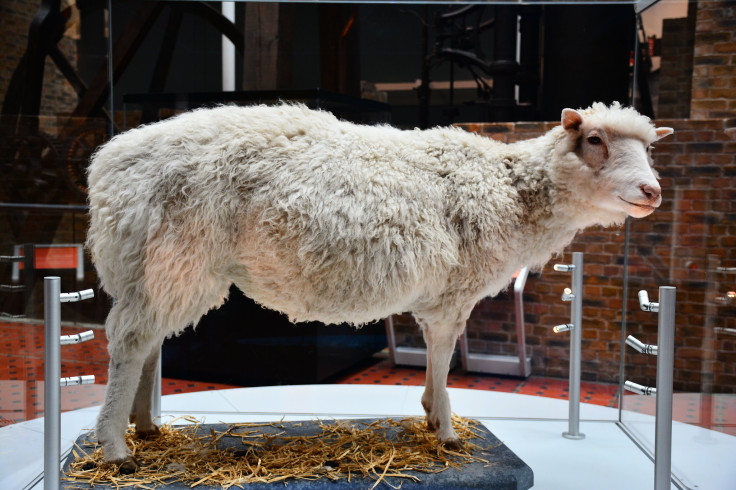Fleece Of World's First Cloned Sheep Dolly Donated To Museum
The same museum also houses her preserved body, death mask, and other preserved cloned sheep, Morag and Megan.

Decades ago, the birth of Dolly the sheep took the world by storm after it became the world's first mammal cloned from an adult cell.
Years later, a fleece from the sheep has been donated to the National Museums of Scotland by Dr. William A Ritchie, a member of the team that created Dolly. She was born in 1996 after being cloned at the Roslin Institute in Scotland and named after Dolly Parton.
Although several clones of frogs, mice, and cows had been previously made in the laboratory using DNA from embryos, Dolly was remarkable as she was the first mammal to be cloned from an adult somatic cell using the process of nuclear transfer.
Her coat of wool, laboratory equipment, including sharpened glass pipettes, a microscope, and an electrical fusion machine have all been donated to the museum.
The museum also houses her preserved body, death mask, and two other preserved cloned sheep named Morag and Megan.
"We are delighted to add Dolly's fleece and these remarkable instruments to the national collections, thanks to the generosity of Dr. William A Ritchie," said Sophie Goggins, senior curator of biomedical science at National Museums Scotland.
"Dolly the sheep represents one of the most important scientific advances of the 20th century. Her fleece will now be available to researchers, ensuring Dolly's remarkable contribution to science continues for generations to come".
Dolly's fleece and the lab equipment are valued at around £20,000 and £30,000, respectively. The aforementioned items are expected to feature again on an Antiques Roadshow Christmas special, per The Independent.
A similar feat was achieved by scientists in China in 2018. The Chinese scientists managed to create two genetically identical monkey clones using the same technique that produced Dolly.
The two long-tailed macaques Zhong Zhong and Hua Hua were produced at the Chinese Academy of Sciences in Shanghai.
The technique involves removing the nucleus of an egg cell from one animal and replacing it with the nucleus of a body cell from another animal. The reconstructed egg is then implanted into a surrogate and develops into a clone.
In 2015, scientists in China successfully cloned six male Blonde d'Aquitane calves simultaneously. Earlier this year, some Chinese scientists managed to clone three "super cows" that can produce 18 tonnes of milk every year.
The three calves were born at the Northwest University of Agricultural and Forestry Science and Technology on January 23. They were cloned from highly productive cows from the Holstein Friesian breed.
© Copyright IBTimes 2024. All rights reserved.






